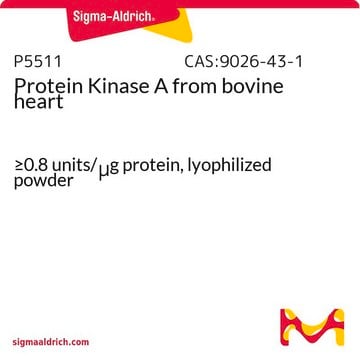P1999
PEAQX tetrasodium hydrate
≥98% (HPLC)
Sinonimo/i:
NVP-AAM077 tetrasodium hydrate, [[[(1S)-1-(4-Bromophenyl)ethyl]amino](1,2,3,4-tetrahydro-2,3-dioxo-5-quinoxalinyl)methyl] phosphonic acid tetrasodium hydrate
Scegli un formato
Scegli un formato
About This Item
Prodotti consigliati
Livello qualitativo
Saggio
≥98% (HPLC)
Stato
powder
Condizioni di stoccaggio
desiccated
Colore
white to beige
Solubilità
water: 10 mg/mL
Temperatura di conservazione
−20°C
Stringa SMILE
[Na+].[Na+].[Na+].[Na+].[H]O[H].C[C@H](NC(c1cccc2nc([O-])c([O-])nc12)P([O-])([O-])=O)c3ccc(Br)cc3
InChI
1S/C17H17BrN3O5P.4Na.H2O/c1-9(10-5-7-11(18)8-6-10)19-17(27(24,25)26)12-3-2-4-13-14(12)21-16(23)15(22)20-13;;;;;/h2-9,17,19H,1H3,(H,20,22)(H,21,23)(H2,24,25,26);;;;;1H2/q;4*+1;/p-4/t9-,17?;;;;;/m0...../s1
SMGAGBKXHAHCGQ-VSYRWHDMSA-J
Applicazioni
Azioni biochim/fisiol
Caratteristiche e vantaggi
Avvertenze
Warning
Indicazioni di pericolo
Consigli di prudenza
Classi di pericolo
Acute Tox. 4 Oral - Eye Irrit. 2 - Skin Irrit. 2 - STOT SE 3
Organi bersaglio
Respiratory system
Codice della classe di stoccaggio
11 - Combustible Solids
Classe di pericolosità dell'acqua (WGK)
WGK 3
Punto d’infiammabilità (°F)
Not applicable
Punto d’infiammabilità (°C)
Not applicable
Dispositivi di protezione individuale
dust mask type N95 (US), Eyeshields, Gloves
Scegli una delle versioni più recenti:
Certificati d'analisi (COA)
Non trovi la versione di tuo interesse?
Se hai bisogno di una versione specifica, puoi cercare il certificato tramite il numero di lotto.
Possiedi già questo prodotto?
I documenti relativi ai prodotti acquistati recentemente sono disponibili nell’Archivio dei documenti.
I clienti hanno visto anche
Articoli
We offers many products related to ion channel family glutamate receptors for your research needs.
DISCOVER Bioactive Small Molecules for Neuroscience
Active Filters
Il team dei nostri ricercatori vanta grande esperienza in tutte le aree della ricerca quali Life Science, scienza dei materiali, sintesi chimica, cromatografia, discipline analitiche, ecc..
Contatta l'Assistenza Tecnica.










